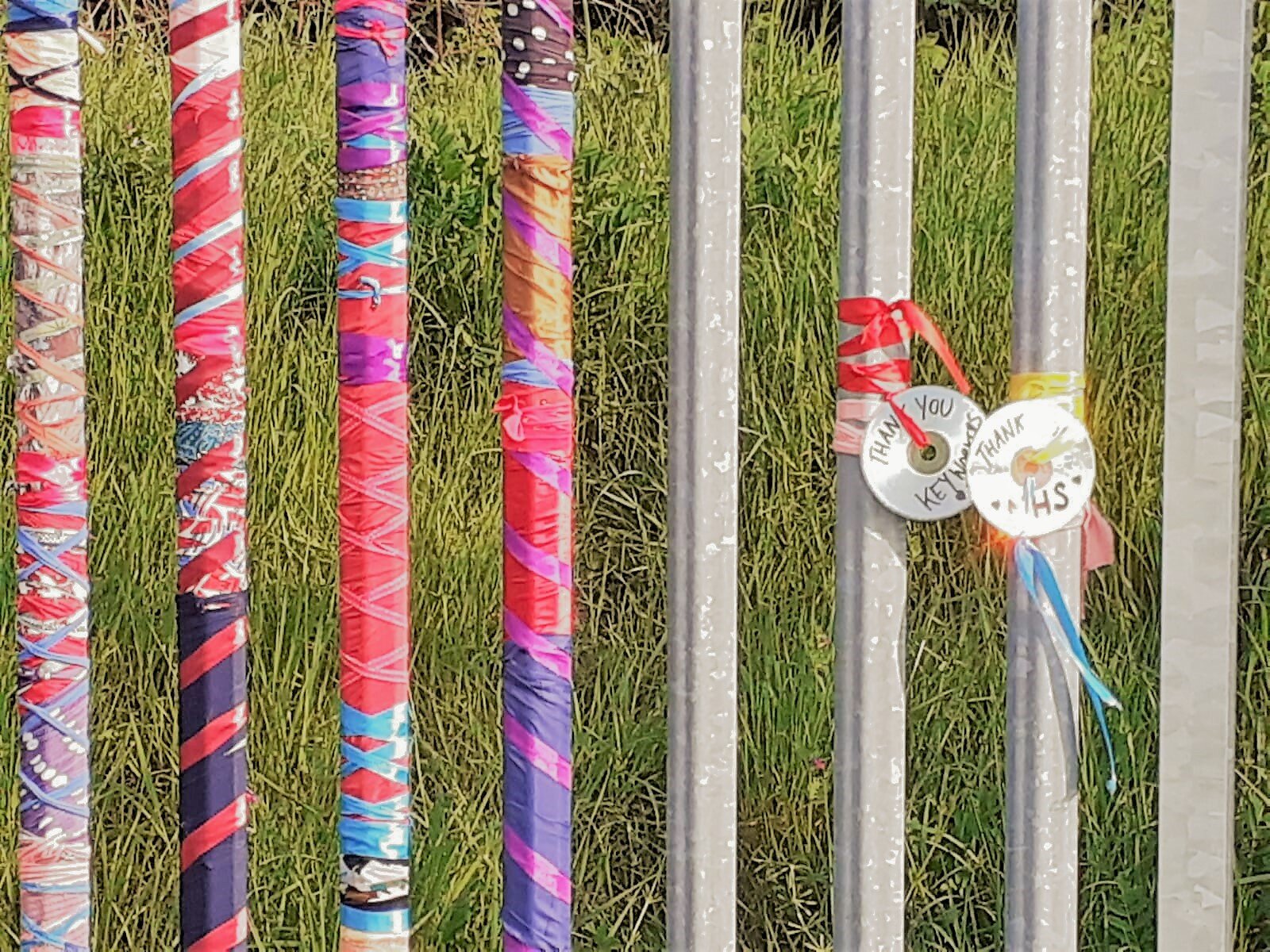Read at https://sussexbylines.co.uk/
As the UK braces itself for round two of the coronavirus pandemic, the conversation has reverted back to subjects from earlier in the year. Perhaps to reassure the public that the second wave may not be as bad, the media touts the gains in hospital beds (or hospitals for that matter), and the amount of new equipment boosting the effort this time around.
During the first wave of the pandemic, ventilators were quickly heralded as the number one life-saving solution for the sickest coronavirus patients. The global rush for ventilators was so extreme that, despite quadrupling production, Dräger, one of the world’s leading manufacturers of the machine, could not begin to meet the demand. Subsequent development efforts involving big names like NASA and Dyson, as well as numerous smaller 3D printing companies, bolstered the world’s hope: by building and distributing enough ventilators, the ravages of this disease could be mitigated.
Unfortunately, it turned out that ventilators alone were not the solution.
As the Intensive Care National Audit and Research Centre (ICNARC) data from the first wave of the pandemic showed, the percentage of Covid-19 patients dying in UK Intensive Care Units (ICUs) after receiving mechanical ventilation was high – of the 10,812 patients admitted to British ICUs with coronavirus up to August 31, almost 40 per cent had died. And even before the onset of the coronavirus pandemic, mechanical ventilation was well known to cause complications, which led to clinicians being cautious about placing patients ‘on the vent.’ Add to this the virulence of Covid-19, and it was soon clear that ventilators were not the cure-all that the initial hype led us to believe.
What did improve outcomes, however, was good nursing.
Ventilators are complicated machines and require expert knowledge to be used effectively. Without a trained operator they are at best an inanimate object and, at worst, a potentially lethal device. Most of the time, the trained ventilator operator in an ICU is not the patient’s doctor, but their nurse. During the initial peak in the pandemic, junior doctors, newly seconded to ICU from other training posts, encountered a steep learning curve and did best when taking instruction from the nursing staff. Not only do these specialist nurses routinely adjust complicated ventilator settings, but they do so while managing myriad infusions, as well as attending to the various other care needs of their patients. Superheroes indeed. Which is why expanding the number of ventilators is to ignore the real limiting factor – adequate nursing numbers.
Healthcare workers are the most precious resource in the NHS. The oft-used phrase ‘lack of beds’ actually means ‘lack of staff’. A hospital can easily bulk buy enough beds to fill every empty room in the building, but without a concomitant reinforcement of staffing (and that means all healthcare professionals, from cleaner to consultant), expanding the quantity of medical equipment, be that beds or ventilators, is essentially futile.
Health systems only function when there are enough qualified workers to provide comprehensive, high-quality care. Every job, from sanitising the floor to emptying a catheter bag, is vital, so there should be as much focus on investing in healthcare workers as there is on procuring equipment, especially during a pandemic. Of course, there is much ground to be made up now, as years of NHS cuts and general dereliction by successive Conservative governments has led to an exodus of healthcare workers at every level.
The first and most pressing step in supporting the medical workforce during the current situation is ensuring its safety. Only with healthy teams can ongoing robust care be provided to the thousands of patients with coronavirus. The national shortage of personal protective equipment (PPE) and coronavirus testing for health workers at the start of the pandemic (with the latter still an ongoing issue) spoke to extreme deficiencies in policy and planning. The pleas for PPE from Drs Tun and Chowdhury, who later went on to die from coronavirus, were not only heart-rending, but showed the relative inertia of a government which only expanded testing for healthcare workers eight weeks after the first UK case.
In the longer term (unless there’s a deus ex pharmacia, COVID-19 will be on the agenda for months, if not years), healthcare staff will need ongoing nurturing. Before progress can be made, however, regressive actions must be reversed and that includes valuing nursing students enough to waive their tuition fees (abolishing student nurse bursaries was a punitive step taken by the government in 2017). Inflation-matching pay rises for public sector workers should also be on the agenda. Given that MPs have already led the way by voting for their own supra-inflation pay rise for 2020, why not (at long last) extend that to public sector workers? Money is not the only way to show appreciation, but it is one of the most fundamental, and when nurses have to turn to food banks, gross pay scale reform is critical.
Remember, when breath becomes short, a coronavirus patient won’t turn to the politician, nor even the ventilator, for salvation, but to the healthcare worker. Pray that they are there.









